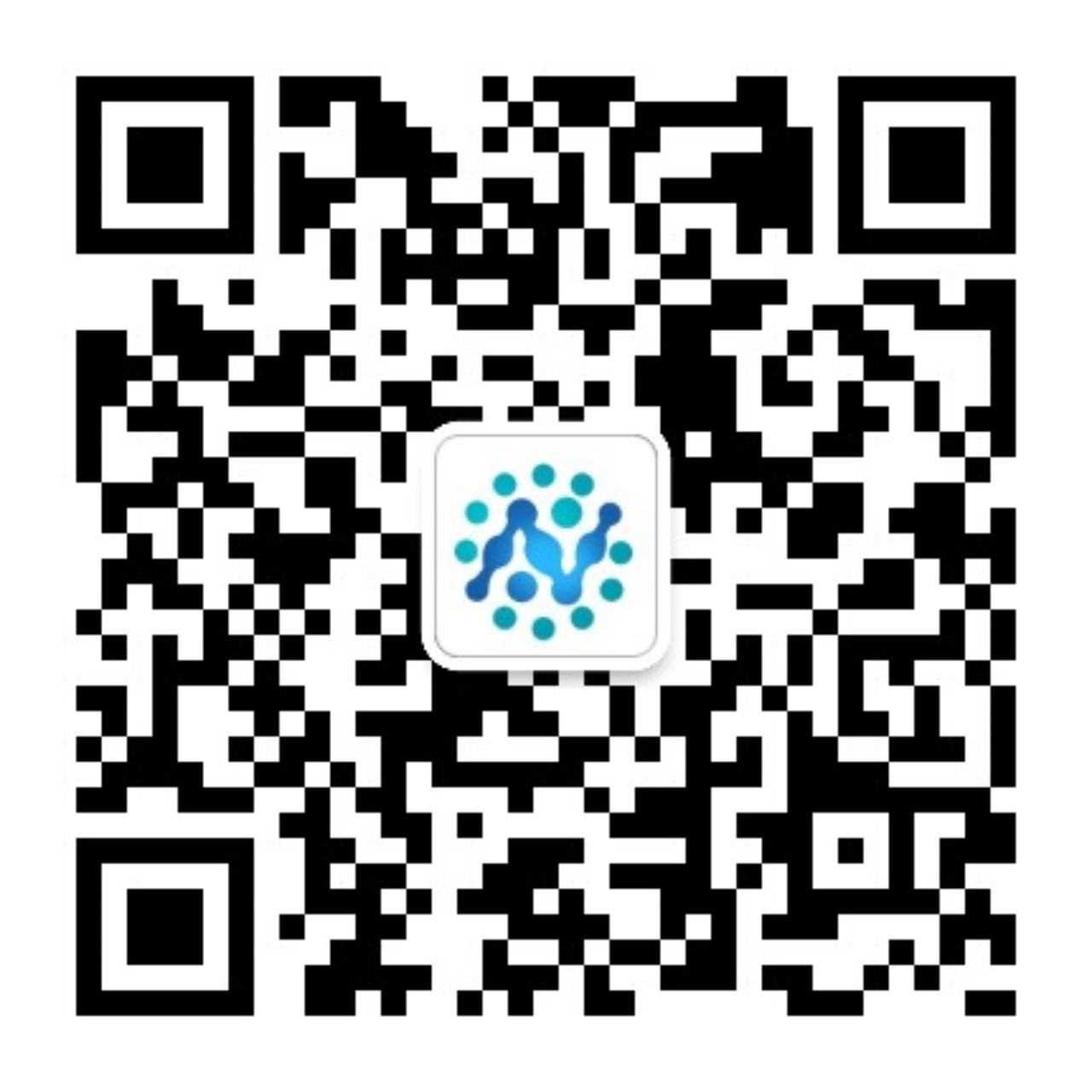品牌 |
Leading Biology |
貨號(hào) |
LM20660 |
產(chǎn)品分類(lèi) |
單克隆抗體 |
研究領(lǐng)域 |
|
產(chǎn)品概述 |
Maintain refrigerated at 2-8°C for up to 6 months. For long term storage store at -20°C in small aliquots to prevent freeze-thaw cycles.
|
形式 |
MKK4, also known as JNKK1 and SEK1, is a dual specificity kinase that belongs to the Ser/Thr protein kinase family. MKK4 is a direct activator of MAP kinases in response to various environmental stresses or mitogenic stimuli. MKK4 phosphorylate and activate p38 MAP kinase and JNK but not ERK 1/2 (1-2). JNK is activated by dual phosphorylation at Thr and Tyr by MKK4 and MKK7; although MKK4 will preferentially phosphorylate Tyr (3). MKK4 is also known to be a tumor suppressor, as mutations inactivating the MKK4 gene have been found in 5% of a wide variety of tumor types (4).
|
濃度 |
A synthetic peptide corresponding to residues in the C-term of human MKK4 was used as immunogen. |
純度 |
Rabbit |
試劑準(zhǔn)備 |
50 mM Tris-Glycine (pH 7.4), 0.15 M NaCl, 40% Glycerol, 0.01% sodium azide and 0.05% BSA.
|
復(fù)溶 |
1. Lin, et al. Science 268: 286-290, 1995<br>2. Sanchez I, Hughes RT, Mayer BJ, et al Nature (Lond) 1994;372:794-8<br>3. Lawler, S., Fleming, Y., Goedert, M., and Cohen, P. (1998) Curr. Biol. 8, 1387<br>4. Yoshida et al. (1999) Cancer Res. 59, 5483<br>
|
儲(chǔ)存條件 |
Human, Mouse, Rat
|
儲(chǔ)存溶液 |
Dual specificity mitogen-activated protein kinase kinase 4, MAP kinase kinase 4, MAPKK 4, JNK-activating kinase 1, MAPK/ERK kinase 4, MEK 4, SAPK/ERK kinase 1, SEK1, Stress-activated protein kinase kinase 1, SAPK kinase 1, SAPKK-1, SAPKK1, c-Jun N-terminal kinase kinase 1, JNKK, MAP2K4, JNKK1, MEK4, MKK4, PRKMK4, SEK1, SERK1, SKK1
|
應(yīng)用 |
WB~~1:1000
IHC~~1:50~100
|
產(chǎn)品描述 |
Function
Dual specificity protein kinase which acts as an essential component of the MAP kinase signal transduction pathway. Essential component of the stress-activated protein kinase/c-Jun N-terminal kinase (SAP/JNK) signaling pathway. With MAP2K7/MKK7, is the one of the only known kinase to directly activate the stress-activated protein kinase/c-Jun N-terminal kinases MAPK8/JNK1, MAPK9/JNK2 and MAPK10/JNK3. MAP2K4/MKK4 and MAP2K7/MKK7 both activate the JNKs by phosphorylation, but they differ in their preference for the phosphorylation site in the Thr-Pro-Tyr motif. MAP2K4 shows preference for phosphorylation of the Tyr residue and MAP2K7/MKK7 for the Thr residue. The phosphorylation of the Thr residue by MAP2K7/MKK7 seems to be the prerequisite for JNK activation at least in response to proinflammatory cytokines, while other stimuli activate both MAP2K4/MKK4 and MAP2K7/MKK7 which synergistically phosphorylate JNKs. MAP2K4 is required for maintaining peripheral lymphoid homeostasis. The MKK/JNK signaling pathway is also involved in mitochondrial death signaling pathway, including the release cytochrome c, leading to apoptosis. Whereas MAP2K7/MKK7 exclusively activates JNKs, MAP2K4/MKK4 additionally activates the p38 MAPKs MAPK11, MAPK12, MAPK13 and MAPK14.
Cellular_Location
Cytoplasm. Nucleus
Tissue_Location
Abundant expression is seen in the skeletal muscle. It is also widely expressed in other tissues
|
數(shù)量 |
|



